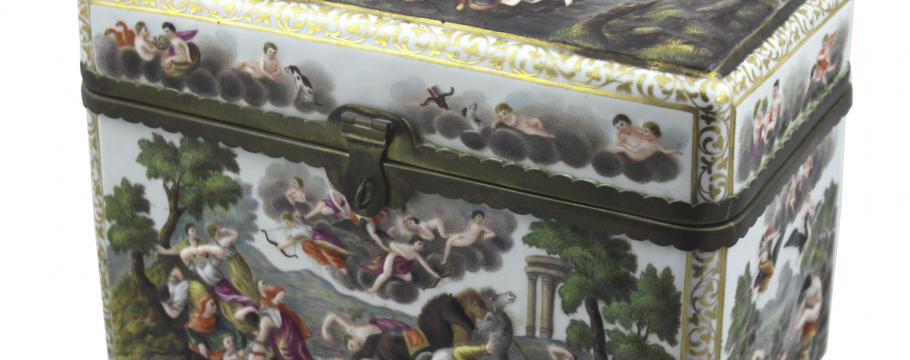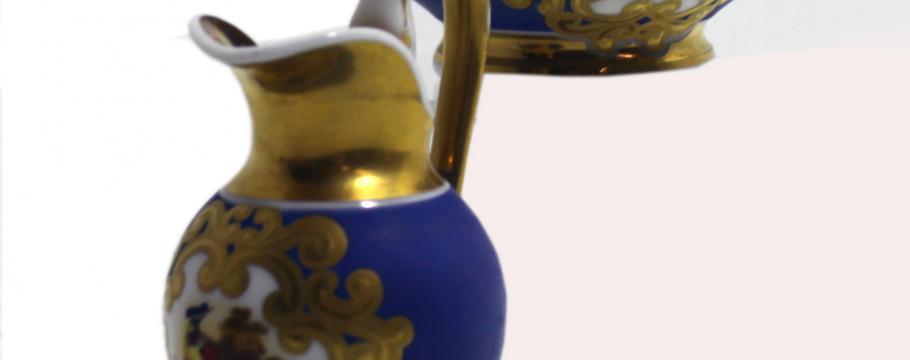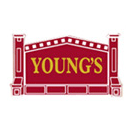

Boyhood passion burned ever so brightly
Author: Richard Brewster | Posted: 13th April, 2013
Having two grandfathers who are respected antique dealers and silversmiths is bound to influence any young boy in his collecting habits.
Growing up in Worthing, England Graham Chismon was no exception. Although he studied accountancy and later practised at Monsanto in Melbourne, Mr Chismon’s passion for collecting continued to burn – particularly so after 1990 when his family had grown up. An eventual relocation to Victor Harbour in South Australia led to his appointment by Hamilton Museum as an expert in Rockingham porcelain.
Through his love of porcelain, Mr Chismon developed a particular interest in Dr Wall Worcester and early 18th century Derby. Famous for his keen eye, for 15 years, he attended the more prestige antique fairs in Melbourne and Sydney – including the Antique gallery – and Geelong’s Moorabool Antiques (notable for its antique ceramic experts).
E.J. Ainger’s first special sale for 2013 from 11am on Sunday April 28 at 433 Bridge Road, Richmond will include items from the late Graham Chismon estate such as a Doccia porcelain casket and Chelsea gold anchor jug. Furnishings removed and held in storage many years ago from Ross House in Kew also are up for grabs.
Most of the items were purchased from ‘Archie Meares’ Connoisseur stores in the 1950s and 1960s and many bear the antique dealer’s gold seal. Typical are the George II mahogany serving table and oak dresser, and the George III mahogany bookcase. Contents of the prestigious penthouse at 99 Spring Street Melbourne, formerly owned by Janet Holmes a Court, are part of Aingers latest auction.
These include fine Regency and Georgian furniture originally selected by Western Australia’s notable antique dealer of the 1980s, Rodney Kelly. A polished rhinoceros horn mounted on a wooden plinth is bound to excite interest among taxidermy collectors. The horn belonged to Hamburg-born Matthias Walter – an employee of the renowned Carl Hagenbeck, founder of the famous zoo “TierparkHagenbeck”.
Walter, who was born in 1877, travelled the world to catch, purchase and transport wild animals. He also assembled documentation of the animal’s natural habitat, later utilised by Hagenbeck to initiate a revolution in zoo architecture.





